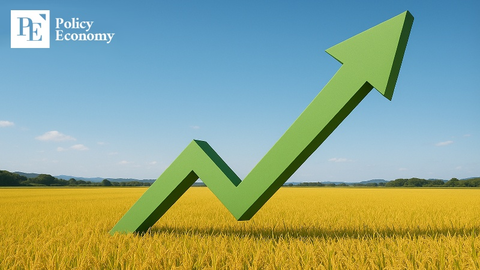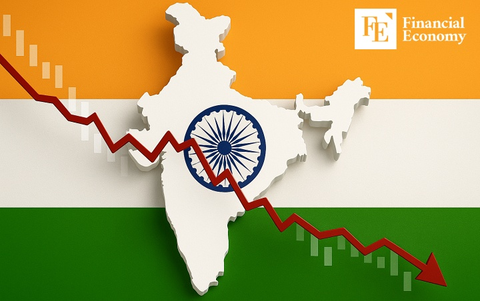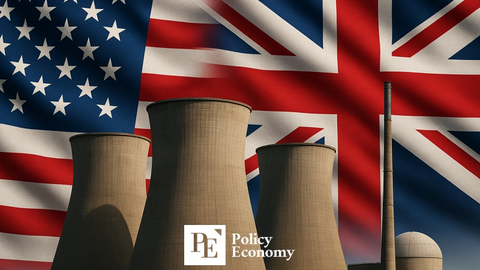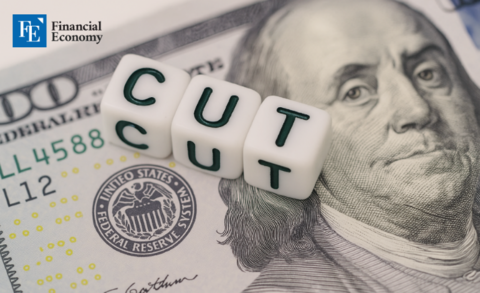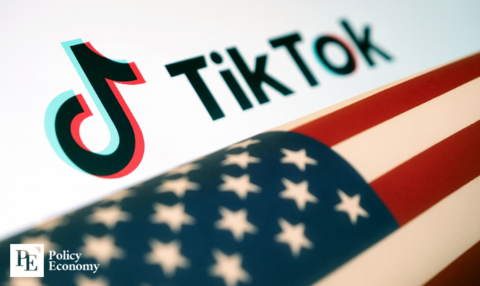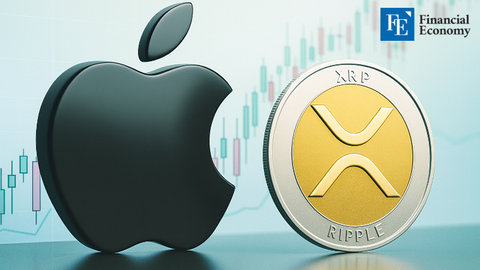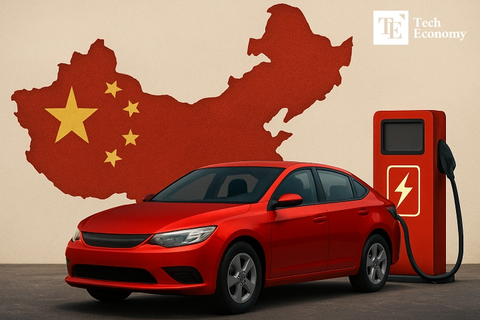Trump’s Global Tariff Shockwave: How a U.S.-China Trade War Is Reshaping the World Economy
Input
Modified
Markets Rattle as Trump Unleashes Tariff Blitz Xi Jinping’s Search for Allies Amid Economic Siege Trade Turmoil Spreads as Global South Faces the Fallout
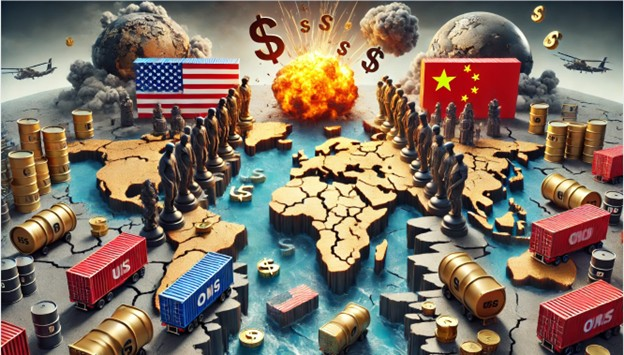
Markets Rattle as Trump Unleashes Tariff Blitz
In April 2025, a dramatic escalation in global trade tensions was set in motion by U.S. President Donald Trump. In an unprecedented move, Trump imposed sweeping tariffs on imports from nearly every trading partner. The campaign began with a blanket 10% import tariff but quickly expanded to include specific and punitive tariffs on countries deemed major offenders. China, the U.S.'s largest source of imports, became the primary target, facing a 54% tariff. When Beijing retaliated with a 34% levy on U.S. goods, Trump threatened to nearly double his country's tariffs to a staggering 104% if China didn’t reverse its move.
Trump framed these actions as necessary corrections to decades of what he described as unfair trade practices. Speaking during a press conference with Israeli Prime Minister Benjamin Netanyahu, he declared, "We’ve been ripped off and taken advantage of by many countries over the years, and can’t do it anymore." He linked the tariff campaign to his broader fiscal agenda, citing America’s $36 trillion national debt as a reason for urgent action. The president asserted that the U.S. had allowed foreign nations free access to its markets while being denied reciprocal treatment, and he vowed that "those days are over."
Markets reacted sharply. The S&P 500 and Dow Jones dropped by more than 5%, and the ripple effects reached Asia where the Hang Seng index in Hong Kong plummeted by 13.2% in a single day—the steepest drop since the 1997 financial crisis. Japan's Nikkei 225 fell by 7.8%, and Indonesia's markets were hit so hard that a 9% fall triggered an automatic trading halt. In response, Goldman Sachs revised the likelihood of a U.S. recession to 45%.
The backlash wasn’t limited to financial analysts. Business leaders raised alarm bells. Billionaire hedge fund manager Bill Ackman warned that Trump's approach risked a "self-induced economic nuclear winter," criticizing the administration for launching an economic war that could erode confidence in the U.S. as a global trading partner. Economists also highlighted errors and inconsistencies in the methods used to calculate tariff rates, questioning the transparency and coherence of the strategy.
Still, Trump appeared resolute. He acknowledged that reshoring industry and building new manufacturing capacity would take time, saying, "You got to build a thing called the factory. You have to build your energy. You have to do a lot of things." But he argued it was worth it if it meant competing effectively with China and securing the economic future of the United States.
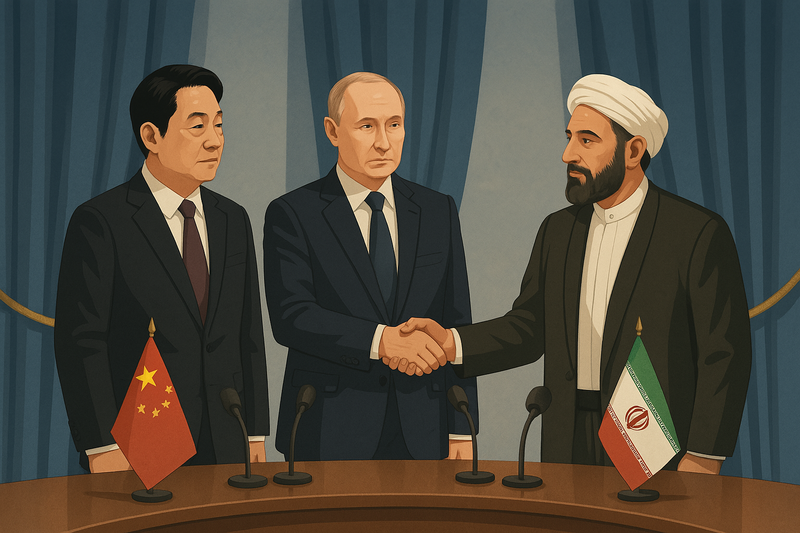
Xi Jinping’s Search for Allies Amid Economic Siege
Across the Pacific, Chinese President Xi Jinping was left scrambling to shield China from the fallout. The escalation of U.S. tariffs threatened to destabilize China’s vital export economy. Analysts like Dan Wang of Eurasia Group warned that such tariffs would eliminate profit margins for many exporters. Nevertheless, Beijing signaled it would not retreat. "It will be tit-for-tat," Wang emphasized.
In an attempt to reduce reliance on the U.S. market, Xi reached out to other nations, seeking to strengthen economic partnerships. To India, he proposed marking 75 years of bilateral trade with a deeper collaboration he dubbed the "Dragon-Elephant Tango." However, India responded cautiously, given past tensions and its increasingly warm ties with Washington.
Xi's outreach extended further—to Europe, Canada, Japan, and Australia. But these overtures were met with skepticism. While many countries are uneasy about Trump's trade policy, they remain wary of aligning too closely with China due to concerns over its trade practices and growing geopolitical assertiveness. In the UK, leaders are caught in a difficult position: choosing between low U.S. tariffs and the economic appeal of cheap Chinese imports.
China has also attempted to reroute exports through Southeast Asia, using countries like Vietnam and Cambodia as alternate supply chain hubs. But this strategy hit a wall when the U.S. extended secondary tariffs to these nations, neutralizing the workaround.
Facing these external roadblocks, Beijing turned inward. It began promoting domestic consumption as a way to absorb excess goods. Four major state-owned enterprises pledged to invest billions into local stock markets, while financial regulators allowed insurance funds to buy more Chinese shares. Meanwhile, the People’s Daily—the Communist Party's official mouthpiece—adopted a combative tone, calling the U.S. tariffs an abuse of economic power and portraying China as a champion of multilateralism. The editorial argued that while the U.S. had failed to reduce its trade deficit or revitalize its manufacturing sector, China had continued to demonstrate economic resilience.
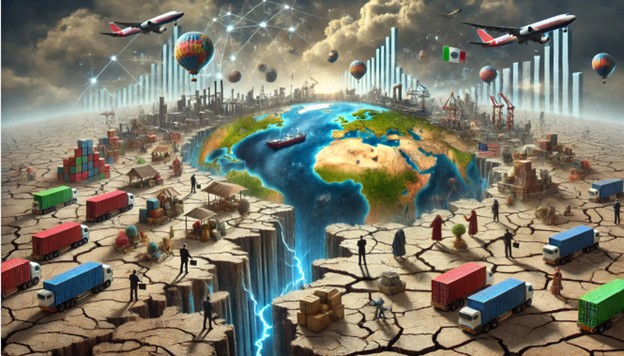
Trade Turmoil Spreads as Global South Faces the Fallout
For the international community, the sudden rupture in global trade norms has caused both confusion and damage. Nations have responded in a variety of ways. Israel, for example, has sought to placate the U.S., with Prime Minister Netanyahu pledging to work toward reducing the trade deficit with America. But Trump showed no signs of flexibility, reminding reporters of the substantial aid Israel receives from the U.S. and leaving a new 17% tariff on Israeli goods untouched.
Japan responded by appointing Economy Minister Ryosei Akazawa to lead negotiations with Washington. Other countries, like Canada and Australia, are engaged in diplomatic outreach while quietly preparing for economic consequences. In the Global South, the impact has been more severe. Bangladesh, facing a 37% tariff on garments—its top export—formally requested a three-month delay to help recalibrate its trade structure. Vietnam, hit with a 46% tariff, has offered to buy more U.S. military equipment and aircraft in hopes of brokering relief. Thailand, subject to a 36% tariff, has seen significant financial fallout, including a sharp drop in its stock market and the implementation of emergency measures such as banning short-selling.
Some of the White House’s moves have also drawn ridicule. For example, tariffs were applied to imports routed through the Heard and McDonald Islands—remote, uninhabited Australian territories. The Australian government labeled the decision an error and evidence of hasty policymaking.
Nevertheless, Trump and his team remain undeterred. Former economic adviser Tomas Philipson dismissed fears of inflation and recession, instead arguing that tariffs were necessary to curtail China's growing military and technological dominance. He defended the policy as a tool to protect U.S. interests and reduce dependence on adversarial nations.
There are also unconfirmed reports of a broader strategic plan dubbed the "Mar-a-Lago Accord," aimed at pressuring trading partners to devalue their currencies relative to the U.S. dollar. This would, in theory, boost U.S. exports and erode China's substantial dollar reserves. Whether this is a calculated maneuver or a reckless gamble is still a matter of debate.
As the April 9 deadline for additional tariffs on China approaches, the world braces for potentially irreversible changes to the international trade order. With alliances shifting, economic models being reexamined, and nationalistic trade policies on the rise, Trump's tariff war is more than a short-term shock—it may be the beginning of a new economic era.

